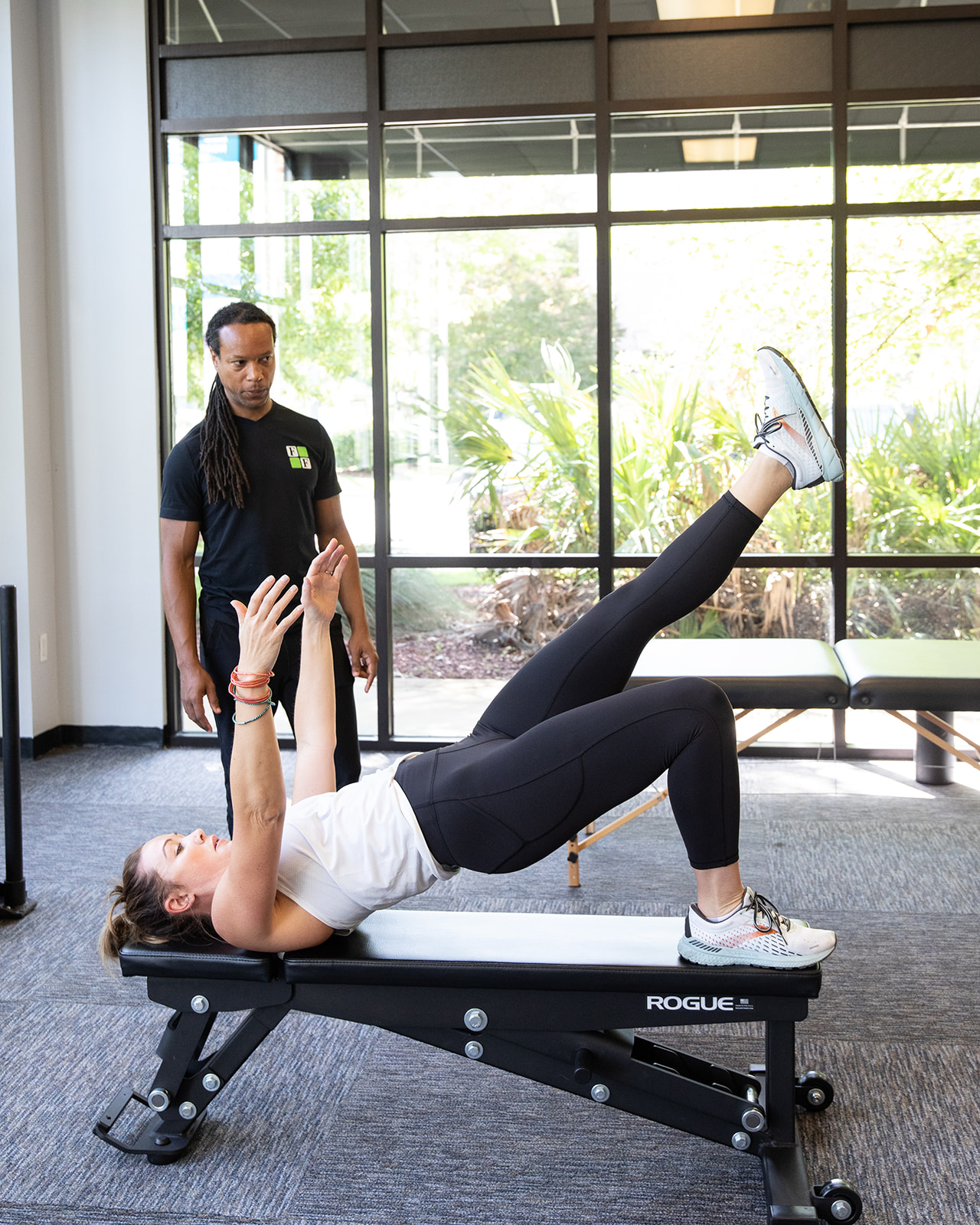July 22, 2023
10 Strategies to Combat Joint Pain
Seniors can take various measures to combat joint pain and improve their joint health. Here are some helpful strategies:
- 1
Regular exercise: Engaging in low-impact exercises, such as walking, swimming, or cycling, can help maintain joint flexibility, strengthen the surrounding muscles, and alleviate joint pain. Consult with a healthcare provider or a physical therapist to create a tailored exercise plan that suits your individual needs and limitations.
- 2
Weight management: Maintaining a healthy weight is essential for joint health, as excess weight can put added stress on the joints, leading to increased pain and discomfort. Seniors should aim for a balanced diet and regular physical activity to manage their weight effectively.
- 3
Joint protection: Taking care of your joints during daily activities is crucial. Avoid repetitive high-impact movements, use assistive devices if necessary (e.g., canes, walkers), and practice proper body mechanics when lifting or carrying objects.
- 4
Heat and cold therapy: Applying warm compresses or taking warm baths can help relax stiff joints and ease pain. On the other hand, using cold packs can help reduce inflammation and swelling in the affected areas.
- 5
Physical therapy: Working with a physical therapist can be beneficial for seniors with joint pain. A physical therapist can design an exercise program tailored to your specific needs, guide you on proper movements, and provide techniques for pain management.
- 6
Low-impact activities: Participating in activities like yoga and tai chi can improve flexibility, balance, and joint function while reducing joint pain and stiffness.
- 7
Adequate rest: Getting enough sleep and allowing time for proper rest and recovery is crucial for joint health. Avoid overexertion and listen to your body’s signals.
- 8
Stay hydrated: Drinking plenty of water is essential for maintaining joint health and lubrication. Proper hydration can help reduce joint friction and improve joint function.
- 9
Assistive devices: Using tools with ergonomic designs or assistive devices can help seniors perform daily tasks with less strain on their joints.
- 10
Regular check-ups: Stay proactive about your joint health by scheduling regular check-ups with your healthcare provider. They can monitor your joint health, provide recommendations, and address any concerns.

Remember, each person's situation is unique, and it's essential for seniors to work with their healthcare providers to develop a personalized plan for managing joint pain effectively.
Share
by Heather Kelly
Share
Many of us know and understand the importance of physical therapy. But what isn't as common of knowledge is that it is important to be completely ready before [...]
What is Pilates and why should you try it? The benefits of Pilates are: Increased Strength & Flexibility: Pilates creates a mind-body connection working multiple muscles throughout the entire body [...]
Joint pain can often be linked to muscle tightness. When the muscles surrounding joints become tight, it can result in stress on the joint, leading to pain and [...]




